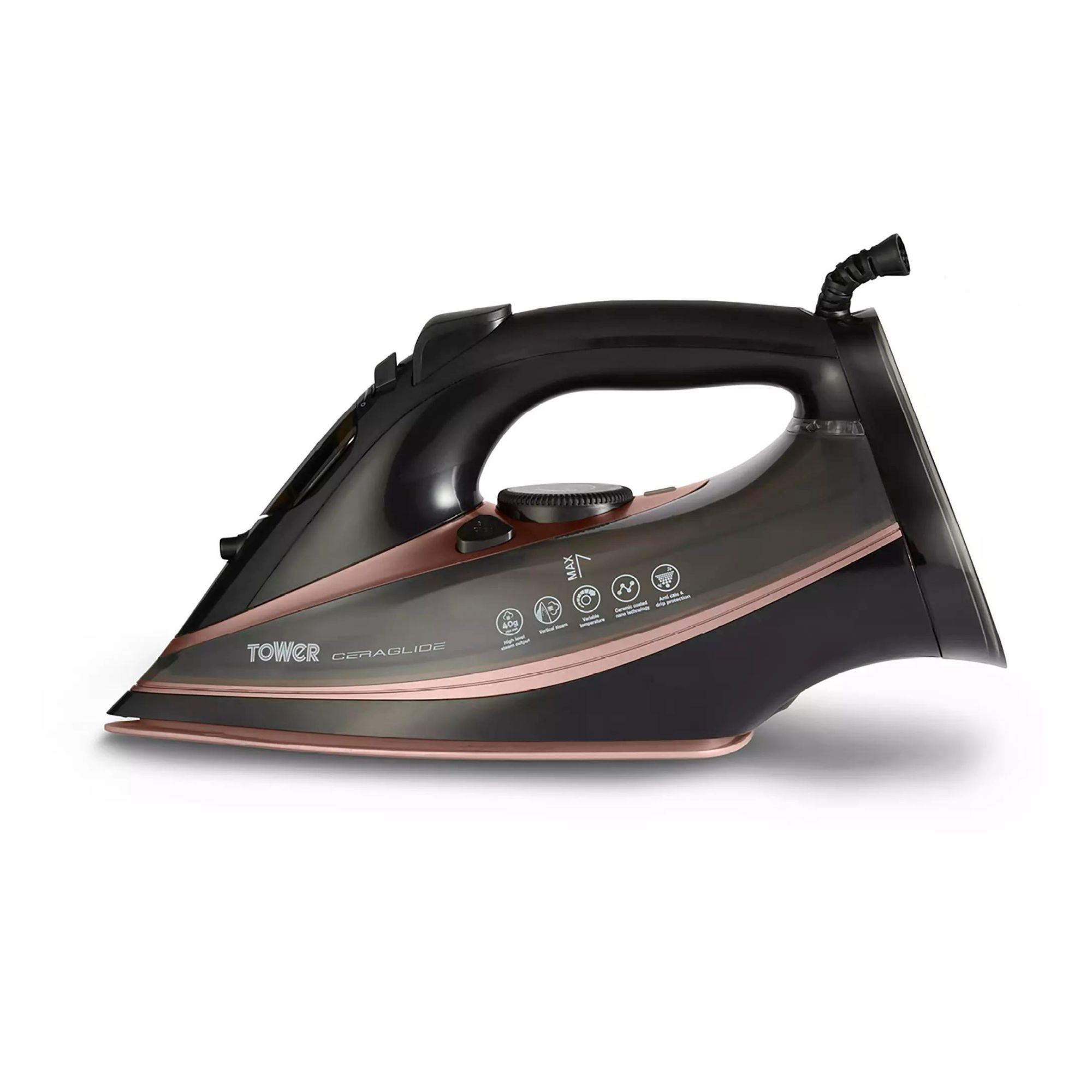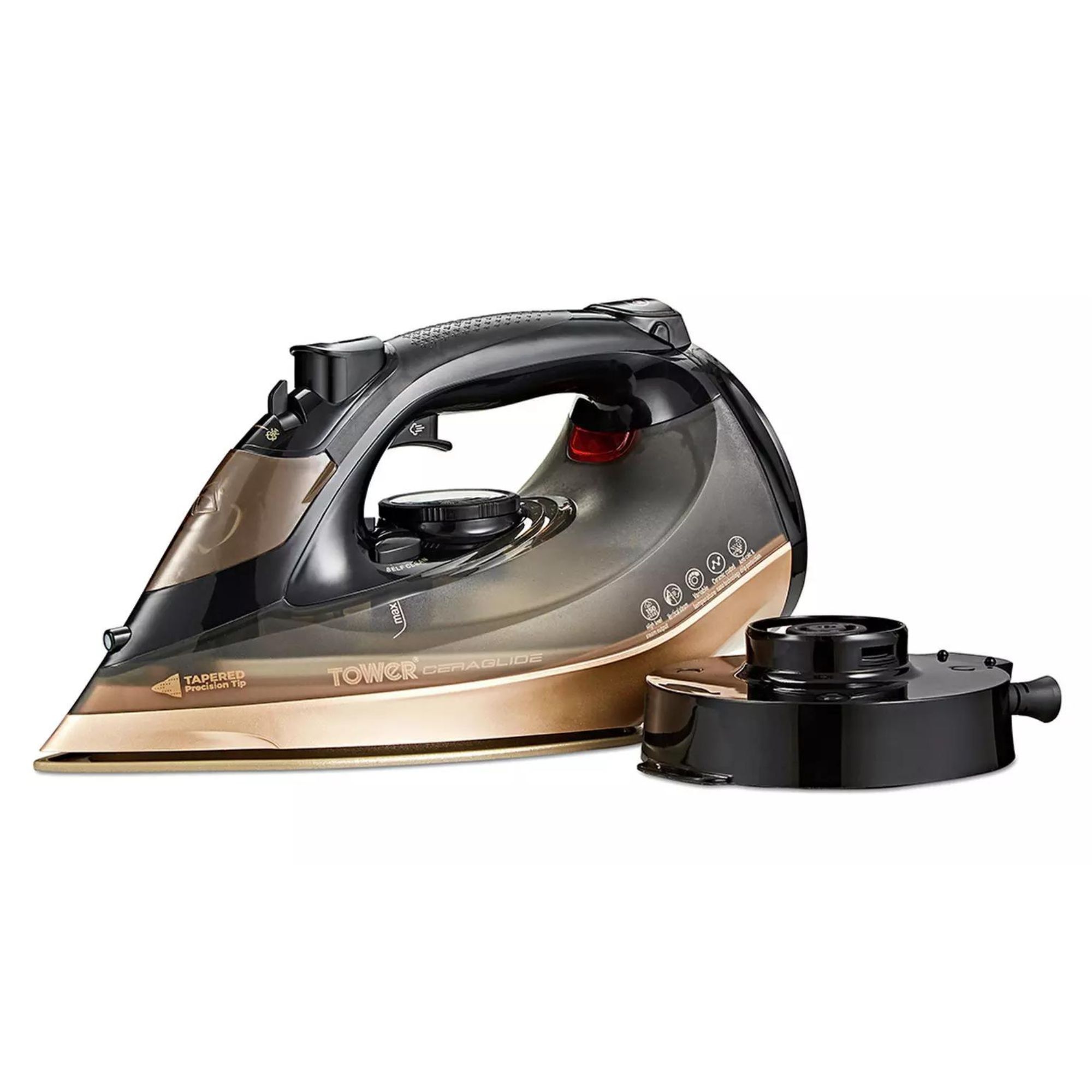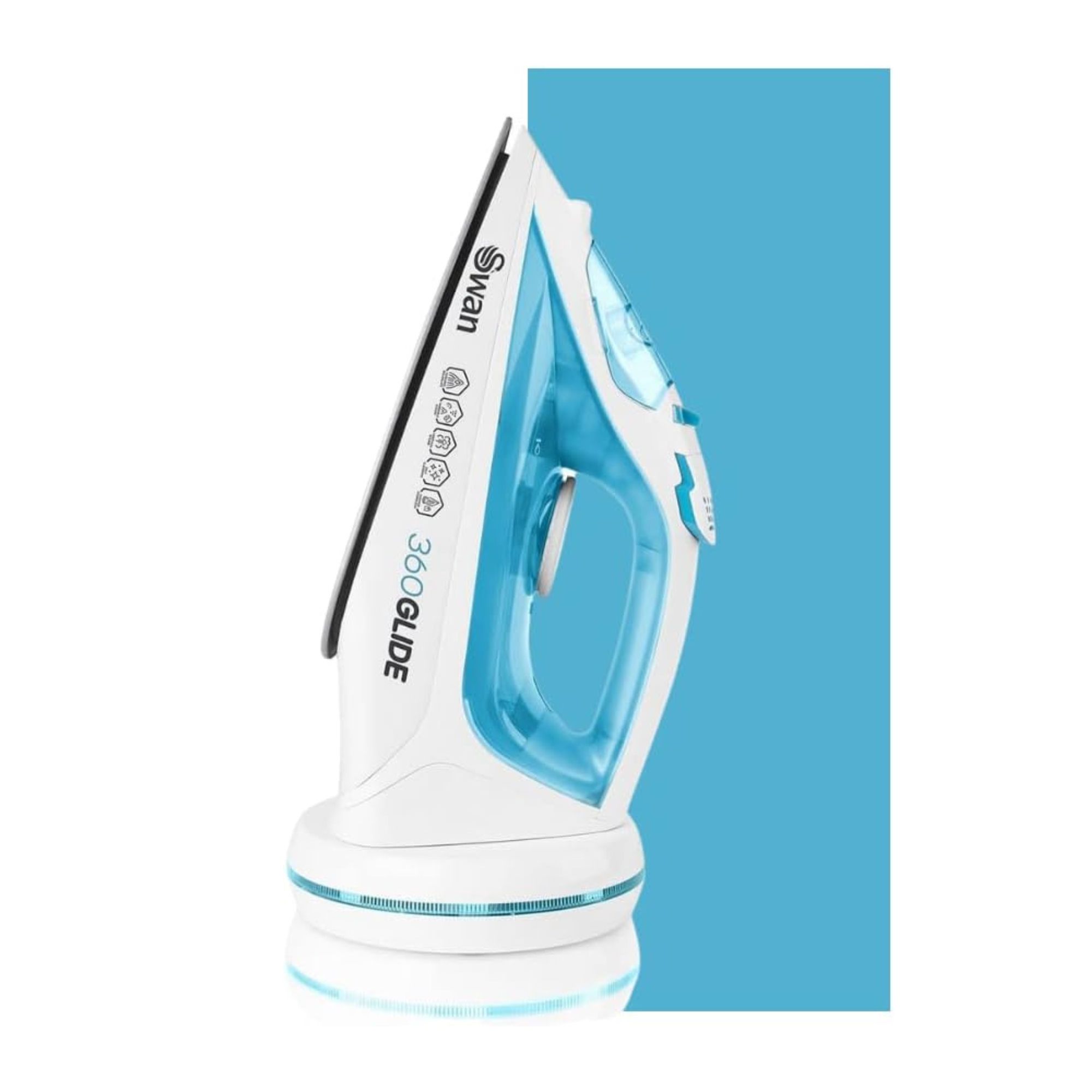Corded iron vs cordless iron - which one should you buy?
Let the battle of the wrinkle removers commence!

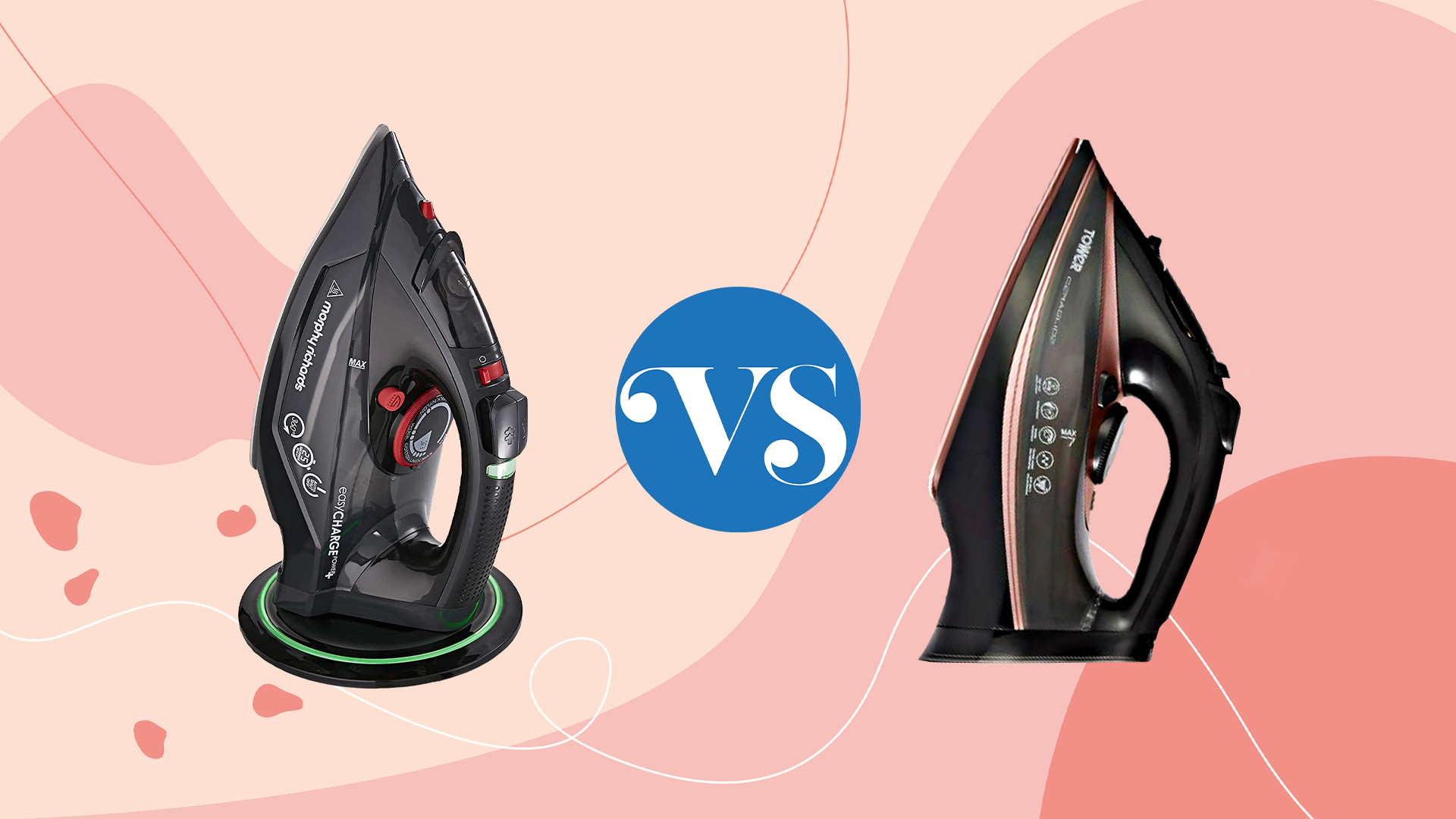
If you’re torn between a corded iron and a cordless iron, it’s important to weigh up the pros and cons before parting with your hard-earned money. Luckily for you, we’ve done the hard work, so you don’t have to.
At Ideal Home, we’ve tested some of the best steam irons on the market. And while we’d recommend all of these tried and tested wrinkle removers, there’s no denying that there’s a big difference between corded irons and cordless irons. That’s why we’ve decided to pit these two irons against each other to see which one is a steaming success.
From ease of use to de-wrinkling effectiveness and affordability, we’ve compared everything you need to know about corded vs cordless irons. So, let’s get started.
Corded irons vs cordless irons
When looking to de-wrinkle and un-crease your clothes, you may be torn between steaming vs ironing. But if ironing will always be your winner, you then have another decision to make: should you buy a corded iron or a cordless iron? Below, we’ve compared them both, and there’s one clear winner.
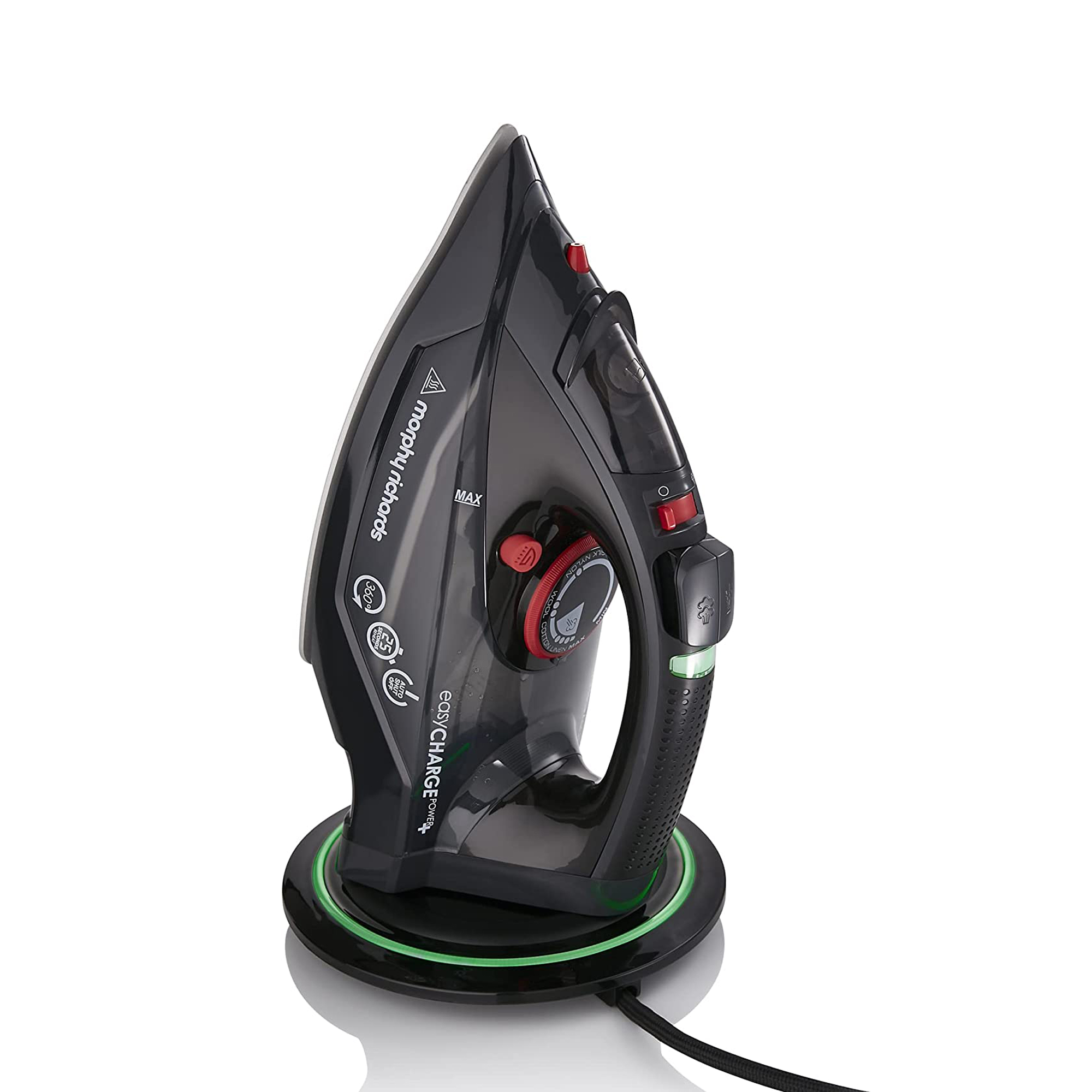
Dubbed the ‘best steam iron overall’ in our guide, this Morphy Richards offering is both stylish and practical. With its large water tank and all-around great performance, it’ll allow you to whiz through your ironing without the hassle of a cord.
Corded iron vs cordless iron: What’s the difference?
The difference between a corded iron and a cordless iron may seem pretty self-explanatory, but it’s actually a bit more complicated than you’d think. After all, a cordless iron isn’t just a corded iron without a cord.
A cordless iron gets its power from an independent base, which is plugged into a socket - much like any other appliance in your house. And while the base isn’t cordless, the iron itself is.
But how does it work? Well, a cordless iron relies on a battery inside of the iron to heat up, and this battery is then charged every time it is attached to the base unit once again.
Sign up to our newsletter for style inspiration, real homes, project and garden advice and shopping know-how
This is different to a corded iron, which receives constant and consistent power as long as it’s plugged into a socket and switched on.
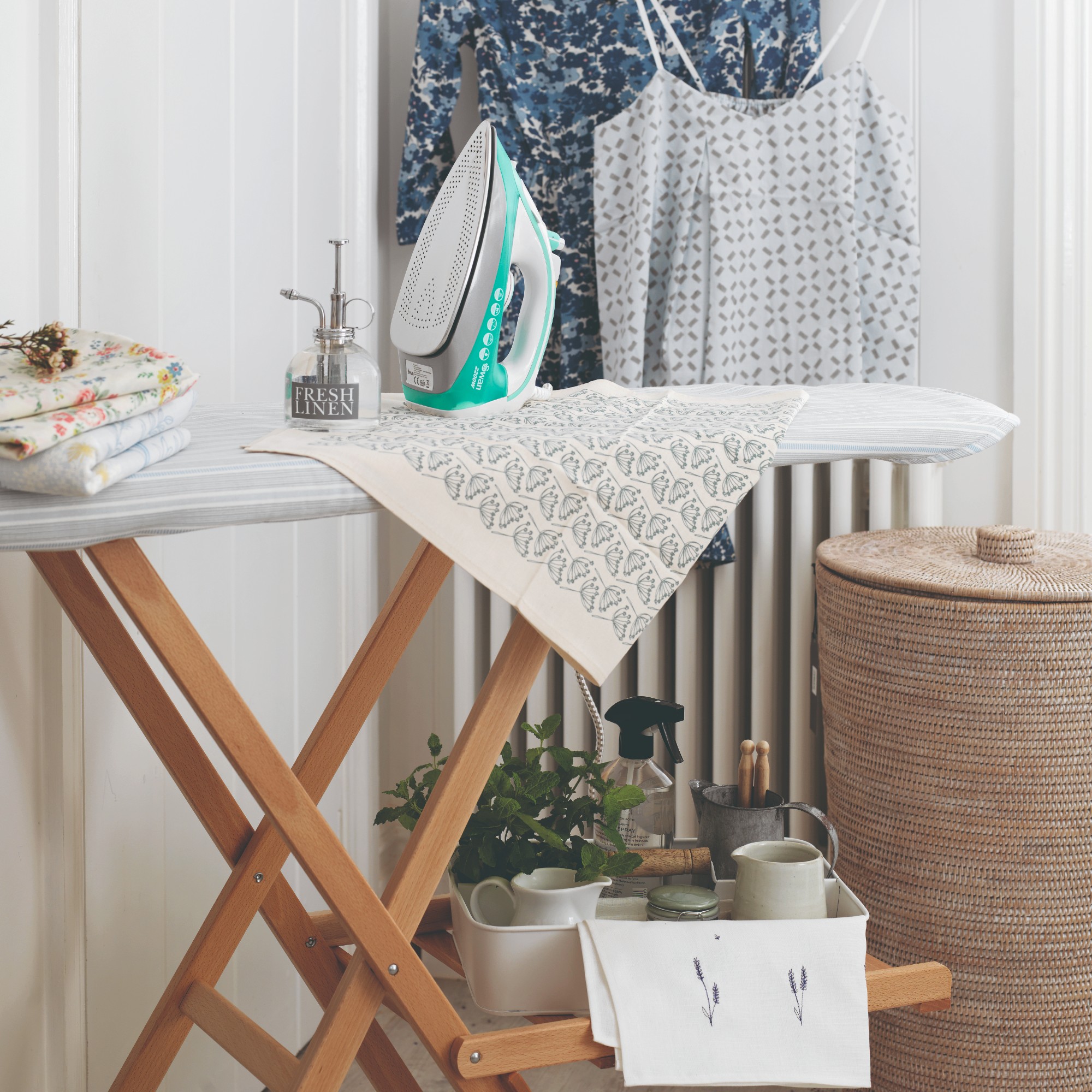
Corded iron vs cordless iron: Which is easier to use?
When it comes to the corded iron vs cordless iron debate, ease of use is a big factor. After all, ironing is boring enough as it is - and most people want to whiz through this task as easily as possible.
The main perk when it comes to cordless irons is the fact that there’s no cord. This means that you’re not restricted, both in terms of where to park your best ironing board and in terms of actually ironing your clothes.
Hannah Hamer, Assistant Marketing Manager at Russell Hobbs, explains, 'With a cordless iron, you have greater freedom of movement with no need to keep flicking away the cord as you iron. Cordless irons also tend to be lighter, meaning it’s less tiring on the arm if you’ve got a large pile of ironing to tackle!'
However, it’s important to realise that you don’t have complete freedom of movement with a cordless iron. You’ll still need to plug in the base, so you can’t stray too far away from a plug socket.
This base is also something you’ll need to take into consideration if you have a small house or you’re constantly on the lookout for ironing board storage. By adding a base into the mix, you’ll need to find space to perch it on the ironing board AND find somewhere to store it.

Overall, though, cordless wins in terms of ease of movement. But in terms of ease of use and general speediness, there’s no denying that a corded iron reigns supreme.
That’s because a corded iron has a constant supply of heat and steam, while a cordless iron requires recharging every so often. But while you may consider this a downside, this is ultimately a personal preference. In fact, when our E-Commerce Editor, Molly Cleary, tested the Tefal Freemove Air Cordless FV6520, she didn’t find it to be too much of a hindrance.
She said, ‘After around 30 seconds of ironing, the base beeps to remind you to recharge. Then, it takes 11 seconds to recharge – just enough time for you to adjust the garment to a new position. The timings work. As do the ergonomics: it slides comfortably onto the base, and ironing cordlessly feels very natural.’
Of course, it’s important to note that this may be a nuisance if you have larger items. But if you don’t mind taking a break every few seconds to recharge, we’d say that cordless irons win this round.
Corded iron vs cordless iron: Which is more effective?
There’s no point buying an iron that’s going to leave your work shirts wrinkled or your duvet full of creases (unless you buy a non-iron bedding set, of course), so it’s important to think about how effective a corded or cordless iron is before shelling out your hard-earned money.
In fact, Thea Whyte, an iron expert at AO.com says, ‘Before committing to spend your money, it’s always worth considering what additional features an iron has. Whether it's unique technology that removes limescale from your iron or perhaps a special soleplate design that helps distribute steam evenly, there are many bonuses that the higher-tier irons have that make ironing easier.’
But is a corded iron or a cordless iron more effective at de-wrinkling your clothes? Well, after scrupulous testing of countless irons, Molly dubbed the corded Braun Texstyle 9 Pro the ‘Best steam iron for removing creases.’
She said, ‘There’s a trigger button under your finger which is good for 230 g/min steam shot and vertical steam which is again powerful. It glides very smoothly, and we found it possible to plough through the ironing at double speed because the steam is strong enough to do both sides of a shirt at once.’
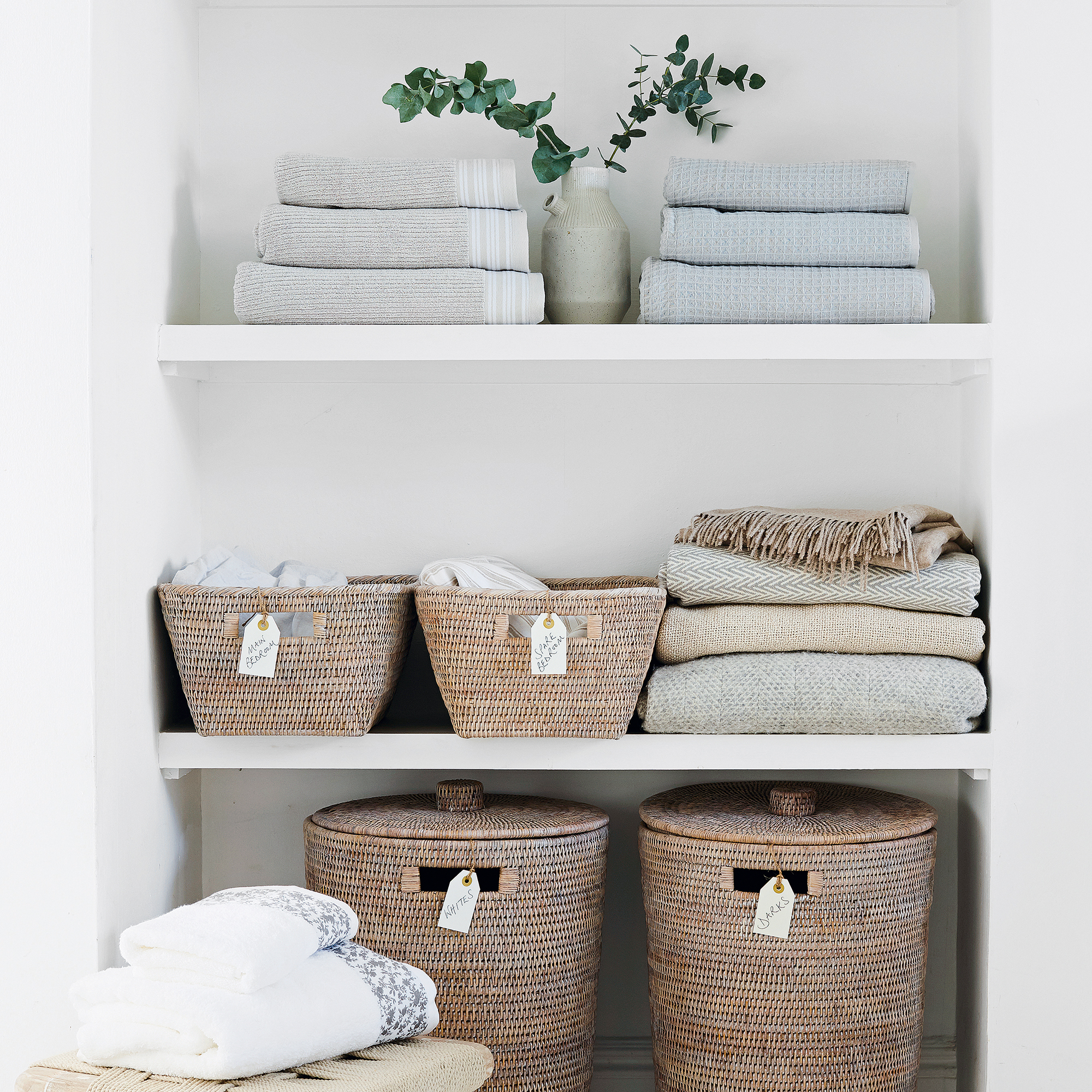
In fact, it’s generally considered that corded irons are more effective at de-creasing and de-wrinkling garments. This is because corded irons allow for continuous high heat (rather than cordless irons that run out of charge), have a high steam output, and also have impressive heat retention.
Hannah echoes this, saying, 'Corded irons offer continuous high heat whilst ironing, with a high steam output to erase creases quickly and easily. Whilst some corded irons can be a little heavier than cordless irons, they are fantastic for tackling the toughest of fabrics.'
That’s not to say that cordless irons aren’t getting better, though. When Molly took the Morphy Richards EasyCHARGE Power+ Cordless Iron for a spin (or should we say a steam?) she found it to be largely successful.
‘The steam is powerful, pumped out consistently and quietly, and we enjoyed using it,’ she noted. But it wasn’t all positive. ‘It glides well and delivers impressive results, but there are a few little annoyances, such as the overpowerful water shot button, which can leave wet patches,’ Molly added.
With all of this in mind, we’re going to give this round to the corded iron.
Corded iron vs corded iron: Which is more affordable?
Buying appliances for your home can be expensive, so we understand that price differences could help you decide between a corded iron and a cordless iron.
However, the price difference is negligible. And that’s largely because the price difference between the two categories is so varied.
For example, one of the cheapest corded irons we tested was the Breville DiamondXpress Steam Iron, which retails at £66.99 when it’s not on sale for less. But it’s possible to find one that’s cheaper. In fact, this LOGIK L220IR20 Steam Iron from Currys is just £15.99.
At the other end of the spectrum, however, you have the Philips PerfectCare Elite Steam Generator Iron, which retails at £369.99. Of course, for a price like that, you’re getting a souped-up corded iron - and this particular iron is perfect for bigger ironing jobs and offers two hours of constant use.
The prices are very similar when you look at cordless irons. The cheapest cordless iron we tested was the Tower T22008 CeraGlide Cord Cordless 2-in-1 Steam Iron, which has an RRP of £30 - and it even gives you the option to use it as a corded iron.
Generally, though, you shouldn’t have to pay more than £100 for a cordless iron. And despite searching high and low, we haven’t actually been able to find one over £100.
So, another round goes to the cordless iron.
Final verdict: Which one should you buy?
When looking at the corded iron vs cordless iron debate, it’s easy to assume that the cordless iron wins the fight. And while it’s true that it’s won more rounds than corded irons, there’s no doubt about the fact that cordless irons still have their downsides.
That’s why we’re happy to tell you that you can buy the best of both worlds. In fact, the real winner of this debate is the 2-in-1 corded AND cordless iron!
Rather than fitting into a box of either corded or cordless, these irons offer the benefits of two very different irons in one appliance - working both with a cord and without. This means that you can utilise the freedom of movement of a cordless iron while also using it as a corded iron as it charges.
This is echoed by Atit Chopra, Product Development Director at Beldray, who says, 'Cordless irons are great for convenience and ease. As there is no cord attached, they are ideal for manoeuvring around tricky angles, buttons, and appliqués on your garments.'
'Corded irons, on the other hand, are great for a consistent and even power output, which is perfect for ironing larger items or heavier fabrics such as denim. Corded irons are also great for continuous vertical steaming, so you can refresh your curtains and hanging garments with ease.'
'Corded irons and cordless irons both have their own benefits, and the rise in popularity for irons that can do both reflects this.'
As a result, you’ll have a powerful and flexible iron that does it all. Plus, when it comes to cleaning an iron the two are both equally simple to keep gleaming.
The best 2-in-1 irons
If you’re looking for an iron that offers both corded and cordless capabilities, we’ve popped some of our favourites below.
FAQs
What are the advantages of a cordless iron?
One of the major advantages of a cordless iron is the freedom of movement. Without a cord getting in the way, you can turn or move your iron wherever you want without it getting caught in the fabric or getting tied around the leg of your ironing board.
Because of this, you also get the chance to set up your ironing board further away from your plug sockets. Plus, they’re generally much lighter than corded irons.
Which type of iron is best for home use?
Although there are many types of irons, steam irons are generally considered best for everyday home use. They’re easy to use, they’re readily available, and they’re affordable.
But within that category, you also have the option of choosing either a corded or a cordless steam iron. Both have their positives and negatives, so it may work in your favour to choose a 2-in-1 corded and cordless iron that offers the best of both worlds.
Do you agree with the winner of this corded iron vs cordless iron debate?

Lauren Bradbury has been the Content Editor for the House Manual section since January 2025 but worked with the team as a freelancer for a year and a half before that. She graduated with a Bachelor’s degree in English and Creative Writing from the University of Chichester in 2016. Then, she dipped her toe into the world of content writing, primarily focusing on home content. After years of agency work, she decided to take the plunge and become a full-time freelancer for online publications, including Real Homes and Ideal Home, before taking on this permanent role. Now, she spends her days searching for the best decluttering and cleaning hacks and creating handy how-to guides for homeowners and renters alike, as well as testing vacuums as part of her role as the Ideal Home Certified Expert in Training on Vacuums, having spent over 110 hours testing different vacuum models to date!
